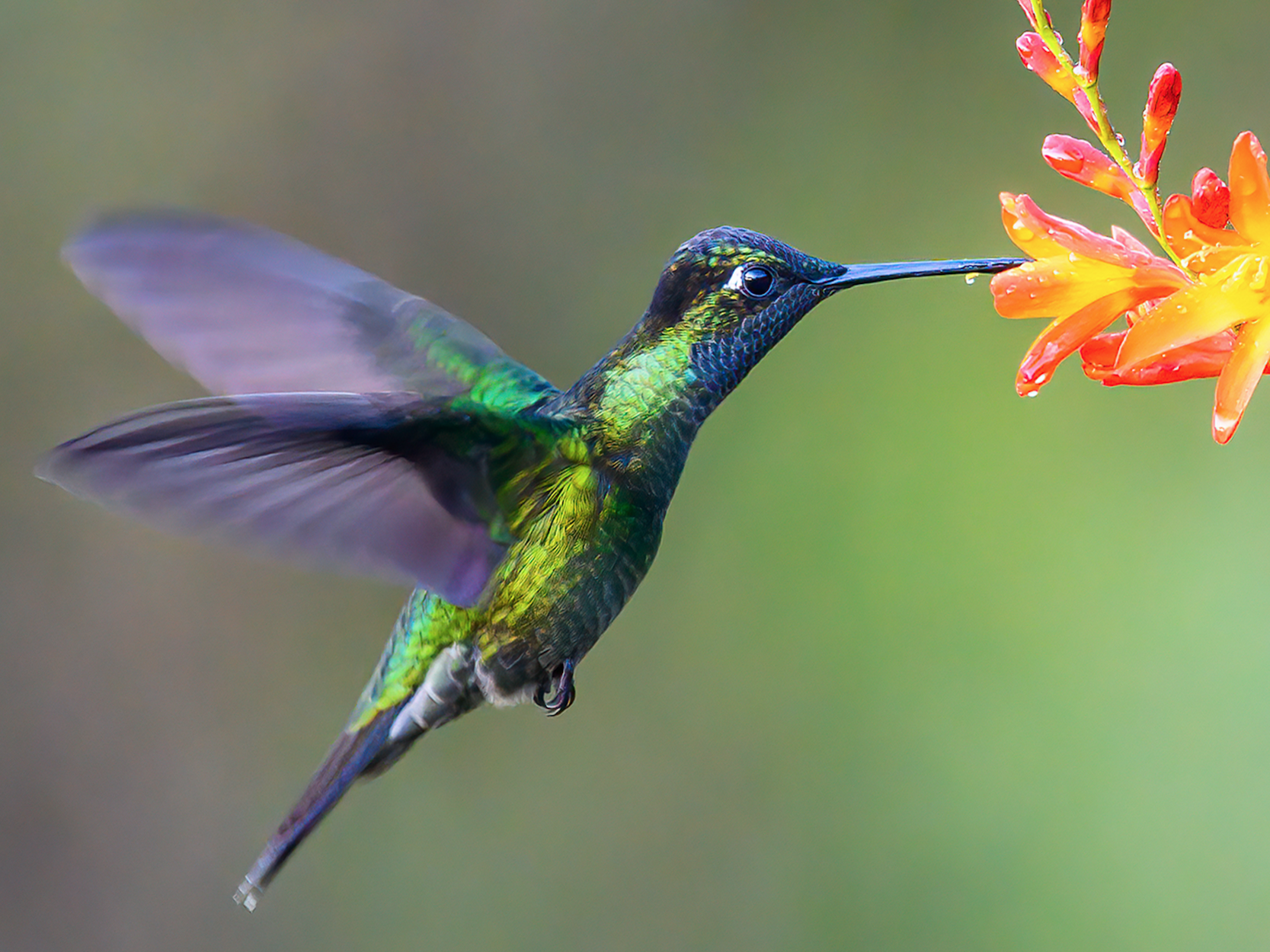As years go by, the list of endangered species is growing, and while you may think that there’s nothing you can do, we believe that getting educated about the matter is the first step into the right direction. Scientists believe that one-third of all plant and animal species could be extinct by the year 2070, and although you’re probably familiar with threats to animals like polar bears, giant pandas and Bengal tiger, there is a long list of other animals who are at great risk. Here are a few species you may not know are endangered:
Galapagos Penguins

The smallest penguin in the world is indeed facing the risk of extinction. The current population is 1,200 penguins, although this number is rapidly decreasing. Living in the far north, the Galápagos penguin, unlike other cold-water penguins, can easily adapt to warmer climates. The biggest threats to this population include contamination from oil spills, hunting and fishing.
Hummingbirds

A total of seven hummingbird species are officially placed on the endangered list, out of a total of 365. Living in the Americas, the primary threat these birds are facing is deforestation, resulting in a decrease in population. In fact, scientists have counted between 600 and 1,700 mature chestnut-bellied hummingbirds remaining and only 300 sapphire-bellied hummingbirds left.
Sea Otters

Otters (native to the North Pacific regions) have always been a target of the commercial fur trade and the species almost disappeared with only 2,000 of an estimated 300,000 left by 1911. Although hunting was illegal for a while, it is only in 1972 that the US organisation, Marine Mammal Protection Act, decided to repopulate which resulted of a third from the previous number being recovered. Natural causes are also a reason menacing their existence, such as killer whales, other than human menaces as oil spills.
Ferrets

As surprising as it sounds, ferrets are in fact at risk. Native to North America and nearly extinct in the 1980s, it is only thanks to the human forced reintroduction that Black-footed ferrets are still populating our earth. Unfortunately, despite the efforts to preserve this specie, only 206 ferrets live in the wild, compared to 1,200 in 2013.
Pikas

Native to the Tianshan mountain in China, Ili Pika is a 8 inch long mammal used to live on rocky slopes feeding mainly on grasses. Unfortunately only about 1000 of those little creatures are left, and this primarily due to rising temperatures and air pollution. Their population has decreased by almost 70% since 1983, a very worrying result.
Howler monkeys

Common to Central and South America, the Howler monkeys are suffering habitat loss and risks from humans threats. Specifically the Yucatan black howler monkey is expected to decline by 60% over the next 30%. Other species as the Maranhao red-handed howler monkey counts approximatively between 250 to 2,500 mature individuals in the wild.
Crayfish

Originally from Australia, crayfish can be seen all over the world, although abundantly found in the United States. The idea of crayfish being considered an endangered specie often comes as a surprise. In fact, several species inside the crayfish family are facing great risks. Over-fishing and habitat degradation are the main reasons the number of animals still present in the wild is decreasing. Out of 640 species of crayfish, half of them are registered as endangered and are becoming more and more vulnerable to extinction.
Information collected from National Geographic, WWF, Business Insider, BBC.



































